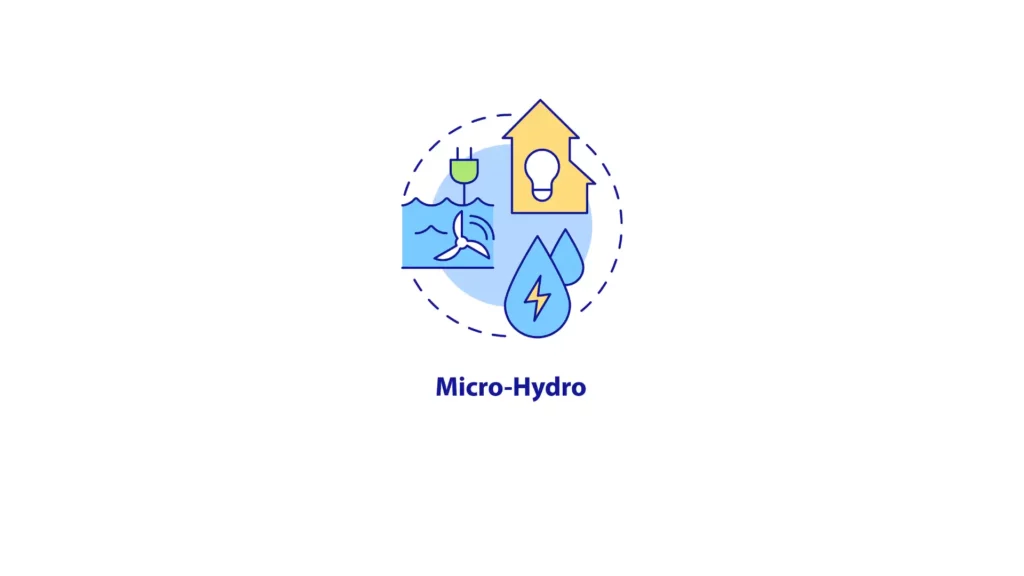In an era where sustainable energy solutions are increasingly crucial, micro pumped hydro energy storage has emerged as a promising technology.
This innovative approach to energy storage not only addresses the intermittency of renewable energy sources but also offers several advantages in terms of efficiency and environmental impact.
In this comprehensive guide, we will delve deep into the world of micro pumped hydro energy storage, exploring its workings, benefits, applications, and the future it holds for sustainable energy.
Understanding Micro Pumped Hydro Energy Storage
What is Micro Pumped Hydro Energy Storage?
Micro pumped hydro energy storage, often referred to as MPHS, is a small-scale adaptation of the traditional pumped hydro energy storage system.
This technology stores energy by utilizing the gravitational potential energy of water.
Micro pumped hydro energy storage is a huge battery that stores excess electricity by pumping water from a lower to an upper reservoir. When energy demand is high, the stored water is released, generating electricity through turbines.
How Does Micro Pumped Hydro Energy Storage Work?
- Charging Phase: During periods of excess energy production, typically from renewable sources like solar or wind, surplus electricity is used to pump water from a lower reservoir to an upper reservoir. This process involves converting electrical energy into gravitational potential energy.
- Discharging Phase: When energy demand increases or during peak hours, the water from the upper reservoir is released, flowing back to the lower reservoir. As it descends, it passes through turbines, converting the stored potential energy into electrical energy.
The key advantage of MPHS lies in its ability to store energy efficiently for later use, making it an ideal solution for addressing the intermittency issues of renewable energy sources.
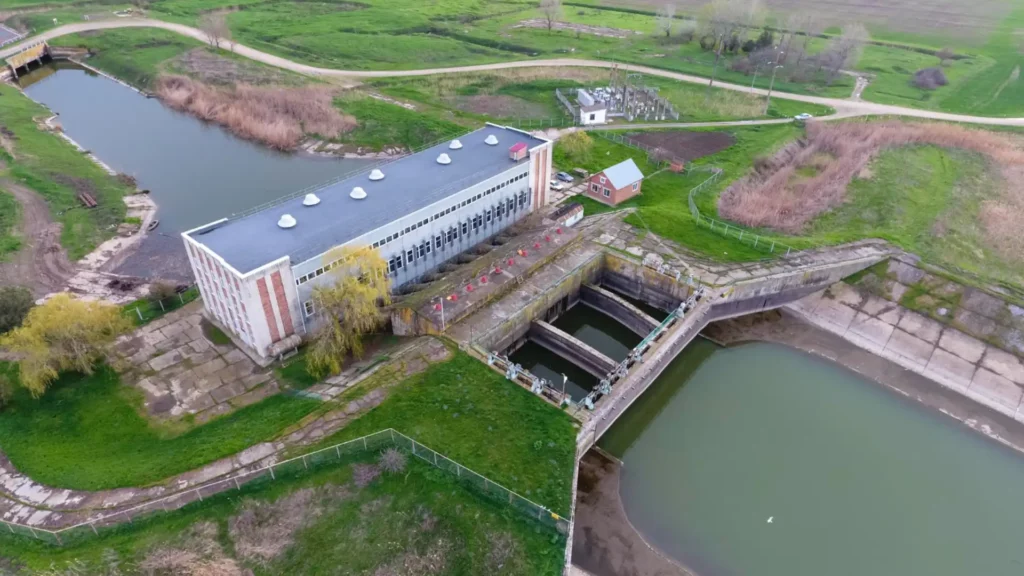
Benefits of Micro Pumped Hydro Energy Storage
- High Efficiency: One of the most significant advantages of Micro pumped hydro energy storage (MPHS) is its high efficiency.
- Long-Term Storage: Micro pumped hydro energy storage can store energy for extended periods, making it suitable for addressing both short-term fluctuations and long-term energy storage needs.
- Minimal Environmental Impact: Compared to other energy storage technologies, Micro pumped hydro energy storage (MPHS) has a minimal environmental footprint.
- Grid Stability: MPHS enhances grid stability by providing a reliable source of energy during peak demand. It can quickly respond to fluctuations in energy supply and demand.
- Location Flexibility: Micro pumped hydro energy storage systems can be installed in a variety of locations, including remote areas or regions with challenging terrain.
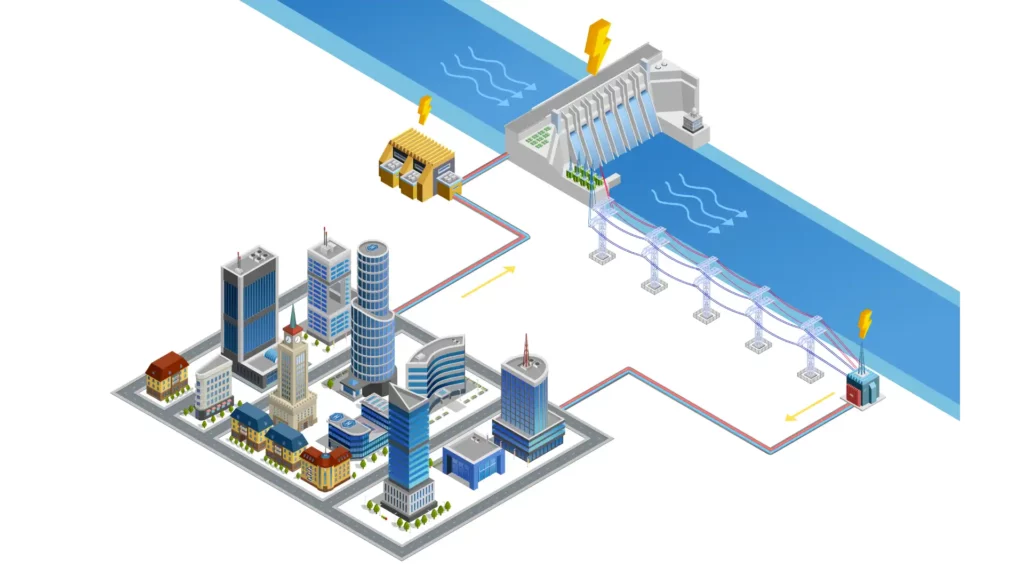
Applications of Micro Pumped Hydro Energy Storage
- Grid Integration
Micro pumped hydro energy storage (MPHS) systems can be integrated into existing power grids to enhance their stability and reliability. They act as a buffer, smoothing out the intermittent nature of renewable energy sources and ensuring a consistent energy supply.
- Remote Off-Grid Locations
In remote areas where traditional power sources are inaccessible, micro pumped hydro energy storage can provide a reliable source of electricity. This is especially valuable for powering remote communities, research stations, and telecommunications infrastructure.
- Energy Management for Industries
Industries with fluctuating energy demands, such as manufacturing and mining, can benefit from Micro pumped hydro energy storage (MPHS) systems to optimize their energy usage and reduce costs.
- Renewable Energy Projects
Micro pumped hydro energy storage complements renewable energy projects, allowing excess energy to be stored and used when needed. This synergy improves the overall efficiency and reliability of renewable energy installations.
- Emergency Backup Power
Micro pumped hydro energy storage (MPHS) systems can serve as emergency backup power sources for critical facilities, ensuring that essential services remain operational during power outages.
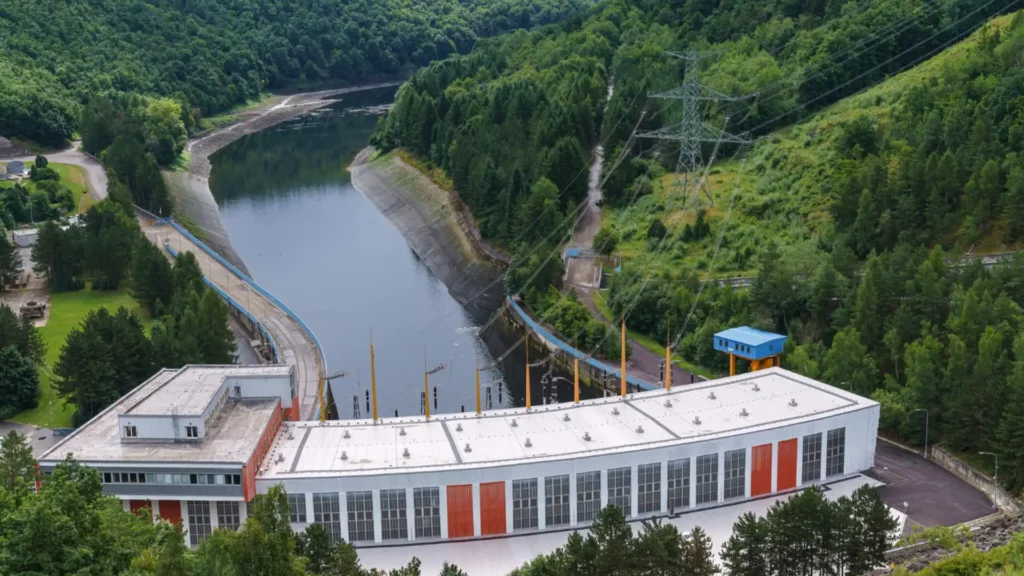
Economic Considerations and Incentives for Micro Pumped Hydro Energy Storage
- Financial Incentives: Many governments offer financial incentives, such as tax credits and subsidies, to encourage the adoption of energy storage technologies, including MPHS. These incentives can significantly reduce the initial investment costs for businesses and individuals.
- Integration with Renewable Energy Markets: MPHS can participate in renewable energy markets, where excess energy can be sold when demand is high. This revenue generation potential can make MPHS economically attractive.
- Research and Development Funding: Investments in research and development for MPHS technology are essential for driving innovation and reducing costs. Governments and private entities are funding projects aimed at advancing this technology.
- Grid Modernization Initiatives: Grid modernization efforts often include provisions for energy storage technologies. MPHS can benefit from these initiatives, particularly in terms of integration with existing grid infrastructure.
- Energy Storage Mandates: Some regions have implemented energy storage mandates that require utilities to incorporate energy storage technologies into their operations. This creates a market demand for MPHS and other storage solutions.
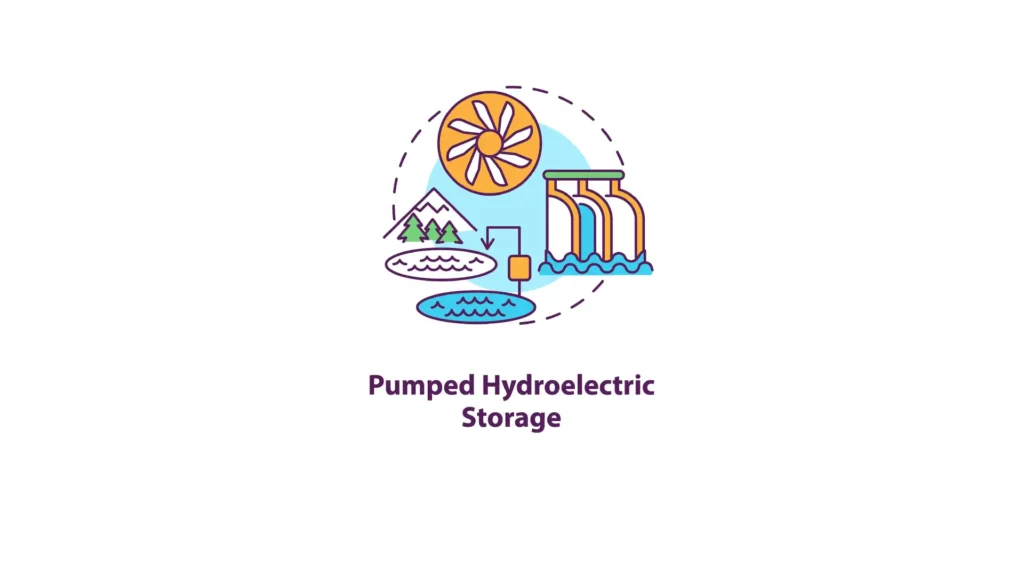
Micro Pumped Hydro Energy Storage Installation: Bringing the Future of Energy Storage to Life
The successful implementation of micro pumped hydro energy storage (MPHS) systems is a crucial step in harnessing the potential of this groundbreaking technology.
Site Selection
Selecting the right location for a Micro Hydro Power installation is paramount to its success. The following factors must be taken into account:
- Terrain and Topography: MPHS systems require specific topographical conditions, typically with a significant difference in elevation between the upper and lower reservoirs. Careful surveys and geological assessments are necessary to identify suitable sites.
- Water Availability: A consistent and reliable source of water is essential for MPHS operation. The chosen site should have access to an adequate water supply, either from natural sources like rivers or through man-made reservoirs.
- Environmental Impact: Assess the potential environmental impact of the installation, including any disruption to local ecosystems, water quality, and aquatic life. Environmental regulations and mitigation measures should be considered and adhered to.
- Proximity to Energy Demand: To maximize the effectiveness of the system, it is advantageous to locate MPHS installations close to areas with high energy demand. This minimizes transmission losses and ensures efficient energy delivery.
Construction and Infrastructure
The construction phase of an MPHS project involves several critical components:
- Reservoirs: Upper and lower reservoirs are the heart of the system. These reservoirs are typically constructed by damming natural water sources or creating artificial ones. Ensuring their structural integrity is of paramount importance.
- Turbines and Generators: Turbines and generators are installed at the connection points between the reservoirs. They are responsible for converting the potential energy of descending water into electricity during the discharging phase.
- Pipelines and Pumps: An intricate network of pipelines and pumps connects the two reservoirs, facilitating the transfer of water from the lower to the upper reservoir during the charging phase. The design of this system must minimize energy losses.
- Control and Monitoring Systems: Sophisticated control and monitoring systems are crucial for managing the operation of the MPHS installation. These systems regulate the flow of water, monitor energy demand, and ensure the efficient use of stored energy.
Operational Considerations
Once the installation is complete, proper operation and maintenance are key to its long-term success:
- Energy Management: Efficiently managing the charging and discharging phases is critical to maximizing the benefits of MPHS. This involves predicting energy demand patterns and adjusting the system accordingly.
- Maintenance: Regular maintenance of all components, including turbines, generators, and control systems, is necessary to ensure optimal performance and prevent unexpected downtime.
- Safety Protocols: Safety measures, such as emergency shutdown procedures and monitoring of water levels, must be in place to prevent accidents and mitigate potential risks.
- Environmental Stewardship: Ongoing environmental monitoring and mitigation efforts are essential to minimize the impact of the installation on the surrounding ecosystem.
- Community Engagement: Engaging with local communities and stakeholders is essential to address any concerns, ensure transparency, and build support for the MPHS project.
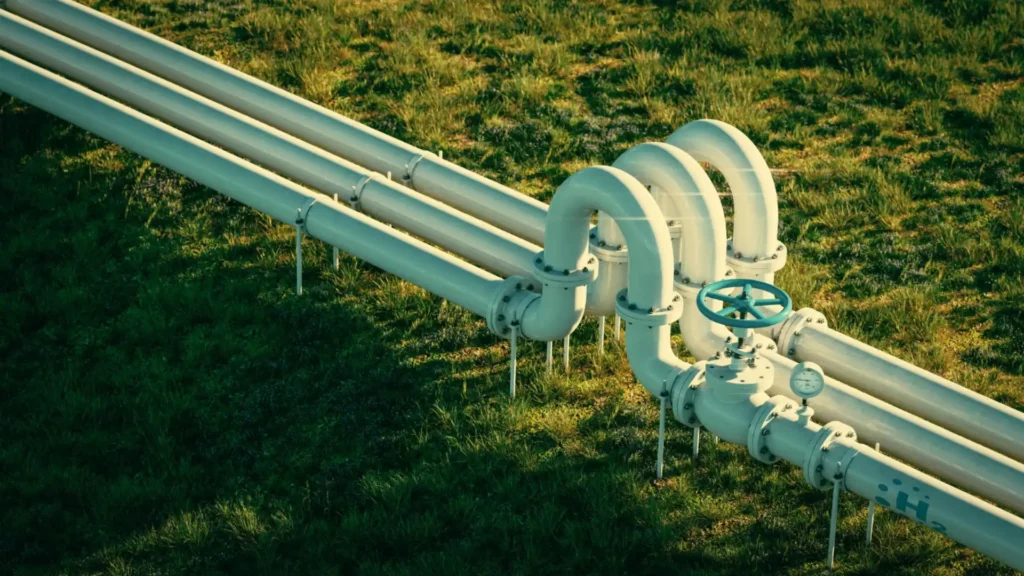
Small Scale Pumped Hydro Energy Storage
While micro pumped hydro energy storage is a remarkable technology, it's essential to highlight the potential of small scale pumped hydro energy storage (SSHPS).
SSHPS systems are designed to provide a more accessible and localized solution for energy storage needs.
Advantages of Small Scale Pumped Hydro Energy Storage
Small scale pumped hydro energy storage offers several distinct advantages, making it a valuable addition to the energy storage landscape:
- Localized Energy Storage: SSHPS systems are smaller and can be deployed in a distributed manner, allowing for localized energy storage solutions. This means that energy can be stored closer to where it's generated, reducing transmission losses and enhancing grid efficiency.
- Scalability: These systems are highly scalable, making them suitable for a wide range of applications. They can be tailored to meet the specific energy storage needs of individual communities, industries, or renewable energy projects.
- Flexibility: SSHPS can function as both short-term and long-term energy storage solutions. They provide the flexibility to store energy during periods of excess production and release it when demand is high, contributing to grid stability.
- Cost-Efficiency: Due to their smaller size and reduced infrastructure requirements compared to larger pumped hydro systems, SSHPS can be more cost-effective to implement, especially in areas where large-scale reservoirs are impractical.
Applications of Small Scale Pumped Hydro Energy Storage
Small scale pumped hydro energy storage has a wide range of applications across various sectors:
- Community-Level Energy Storage: SSHPS systems can be deployed in small communities to store excess energy generated from local renewable sources, ensuring a stable and reliable power supply, even in remote areas.
- Industrial Use: Industries with fluctuating energy demands, such as manufacturing facilities, can benefit from SSHPS systems to manage their energy consumption efficiently and reduce operational costs.
- Residential Energy Storage: In residential settings, SSHPS can provide homeowners with a sustainable and cost-effective way to store excess solar or wind energy for use during peak hours or emergencies.
- Agricultural Applications: SSHPS can support agriculture by providing reliable power for irrigation systems and other essential farm operations in rural areas with limited access to the grid.
Future Prospects for Small Scale Pumped Hydro Energy Storage
As technology continues to advance, small scale pumped hydro energy storage is likely to become even more accessible and affordable.
Innovations in materials, design, and control systems will further improve the efficiency and reliability of SSHPS solutions.
With the growing emphasis on decentralized energy generation and grid resilience, SSHPS systems are poised to play a vital role in shaping the future of sustainable energy storage.
Conclusion
Micro pumped hydro energy storage is a remarkable technology with the potential to revolutionize the energy storage landscape. Its efficiency, long-term storage capabilities, minimal environmental impact, and versatility make it a compelling choice for addressing the challenges of renewable energy integration and grid stability.
As the world continues to prioritize sustainability and the transition to clean energy, micro pumped hydro energy storage is poised to play a pivotal role in securing our energy future.
MPHS in energy infrastructure needs investments and planning, but the benefits are worth it – energy reliability, sustainability, less reliance on fossil fuels. Advancing technology will bring better and cheaper MPHS solutions for a greener world.

